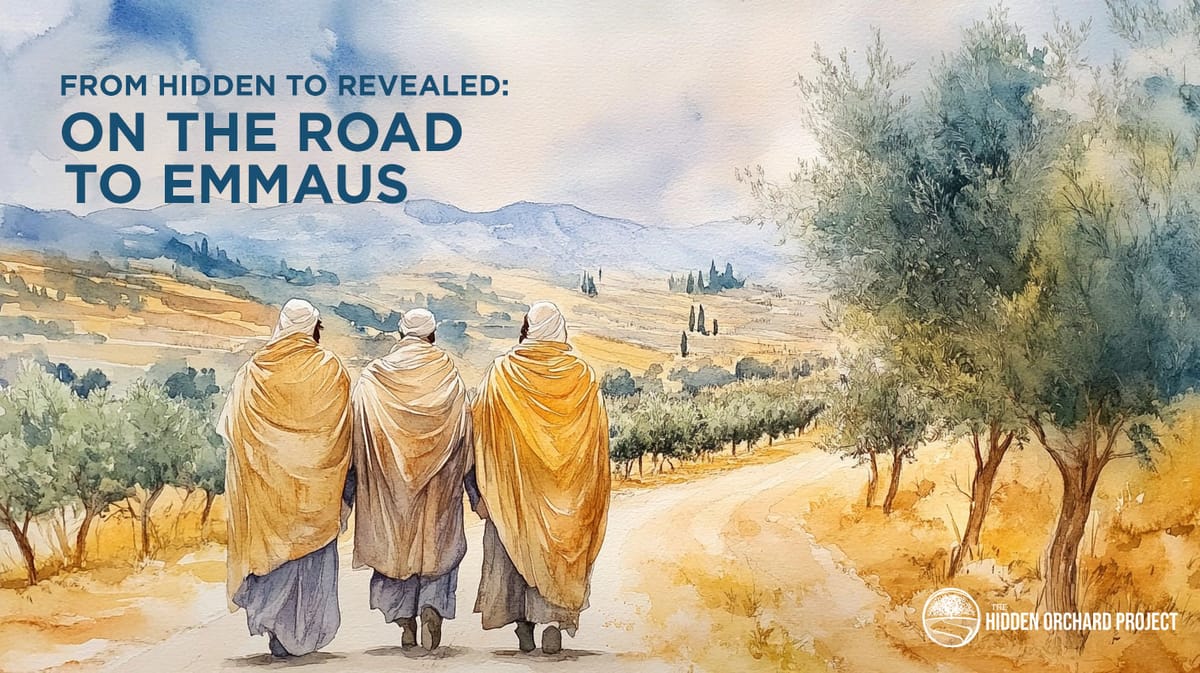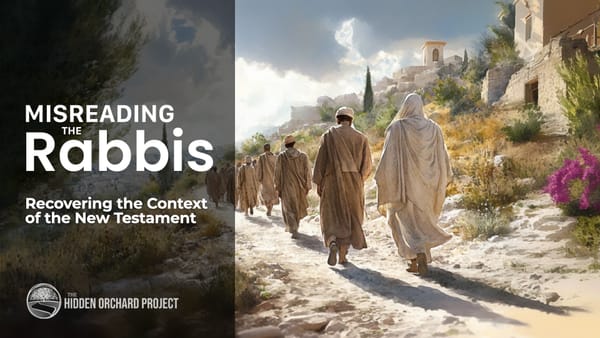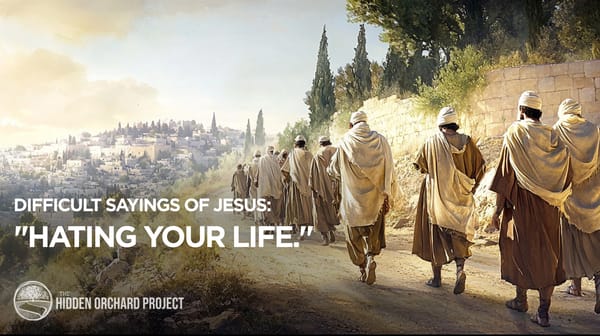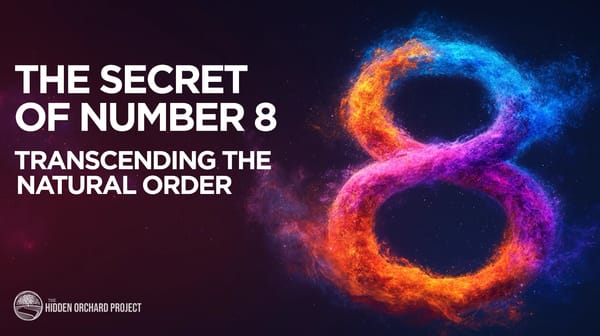From Hidden to Revealed: On the Road to Emmaus
A peculiar and famous encounter is recorded in the Gospel of Luke, known to many as "the Road to Emmaus" contains many Midrashic hints that point to a deeper idea than is seen on the surface.

This article is an excerpt from the book Illumination. Bringing to Light the Jewish-ness of the New Testament
A peculiar and famous encounter is recorded in the Gospel of Luke, known to many as "the Road to Emmaus." Aside from the many Midrashic elements and Rabbinic hints present in these passages, I see in this story another dimension, alluding to the mysterious way the Creator interacts with the world.
This is a familiar pattern in the Torah of how G_D continually moves us along the road to the final redemption - whether we see it or not.
Understanding this concept might allow us to lift our heads above the occlusion of world events, and begin to see light through the darkness.
Two Stages of the Redemption Process
In his work, "The Secrets of the Redemption"¹, Rabbi Luzzatto (Ramchal) details the hidden infrastructure behind the rectification of the world.
Chapter by chapter, he introduces these ideas from the tradition. The Ramchal reinforces the lesson that everything that happens in the world - no matter how it seems on the surface - should be viewed [by the faithful] as an aspect of this developmental process.
Citing the Zohar², the Ramchal teaches that redemption can be divided into (2) successive stages: Pekidah and Zechirah.
Phase 1 - Pekidah
In the first phase, known as Pekidah, G_D actively conceals the redemptive process from public view. As such, this phase is largely associated with the work of Messiah ben Joseph³.
In this phase, a significant portion of the nation of Israel may not recognize the work as it is happening at all. In fact, the very opposite might be the most apparent, that the word is out of control.
Paul seems to utilize this tradition in Romans 11, stating that a 'partial blindness' has been cast over some, for a time.
Either way, concealment is strategic and necessary. The Kabbalistic tradition indicates that much of the holy work of redemption must be done outside of the view of the forces of evil, lest they intervene and sabotage the plan.
This concealment is for a greater purpose, though, sadly, many who are unaware of this tradition have used this as a foothold for errant theologies⁴.
During the stage of Pekidah, the nation of Israel will gradually undergo a process of awakening that is intended to reintegrate them into good works, Torah obedience, repentance, and Emunah.
The shocking truth, and historical reality, is that many of these nudges will come through calamity, serving as both atonement and a sort of utility. This is why it is believed that antisemitism itself is part of this process as it rapidly galvanizes the people to both; pray to Hashem, and seek solidarity and unity.
This process will make the nation stronger, and help re-establish them into the land of Israel, and other fulfillments of which we are observing in our time.
Thus, we should view the era of Pekidah as a [mostly] slow-moving purification process through which the world is being prepared for the final stage, known as Zechirah.
Phase 2 - Zechirah
In Zechirah, a word connected to the Hebrew word 'remember' (Zocher), G_D remembers and acts swiftly to bring forth the final step in the process.
Where Pekidah is largely the battlefield of the Josephic Messiah, whose mission is to encourage repentance and the removal of spiritual impurity - Zechirah is associated with the Davidic Messiah.




